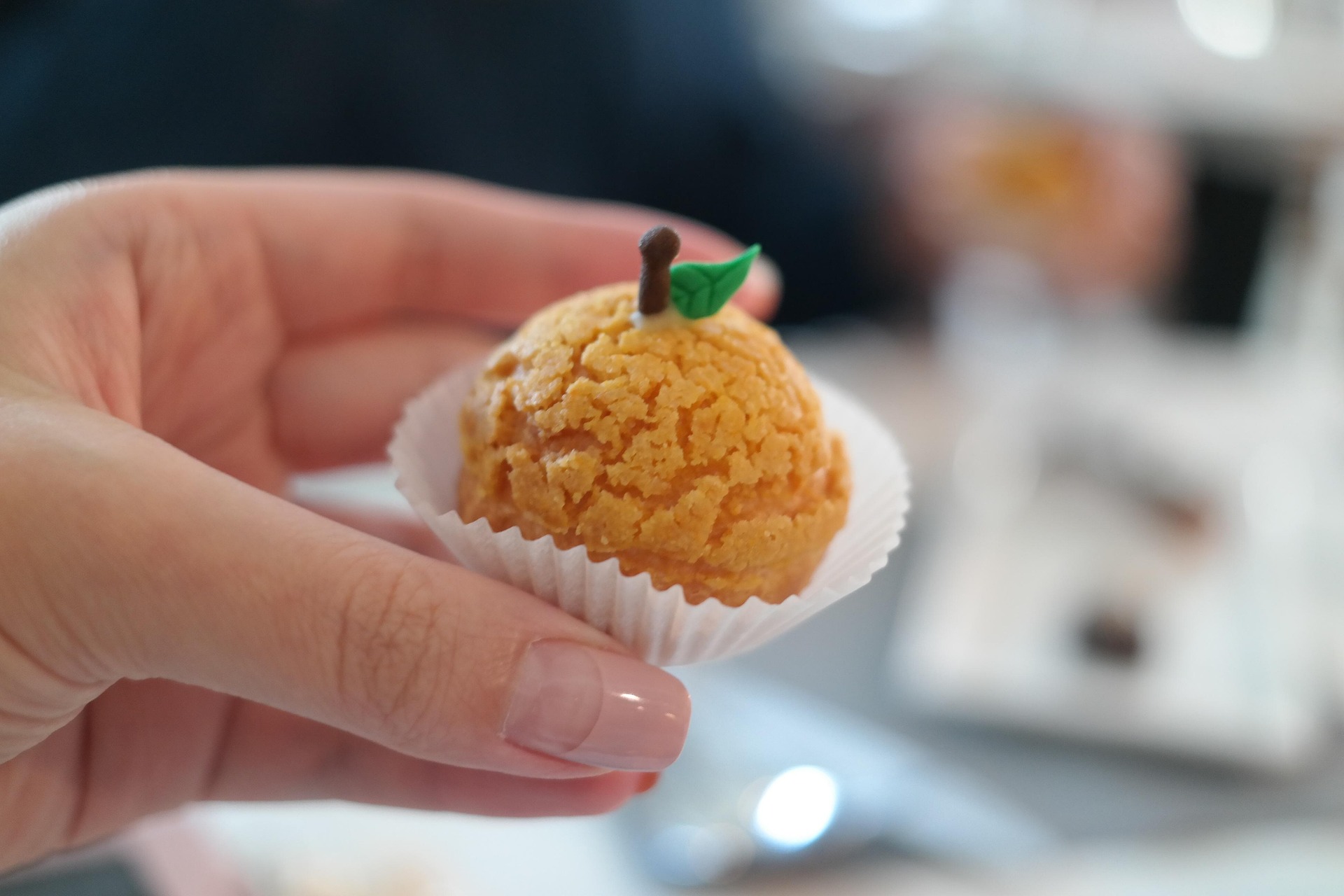Cracking the Code of the Artisanal Cheese Renaissance
You've tasted cheeses from around the world, but have you ever wondered about the process behind crafting these tangy, creamy, and sometimes pungent delights? Welcome to the world of artisanal cheese making, a culinary trend that has captured the hearts of foodies worldwide.

The Artisanal Cheese Boom
Artisanal cheese has seen a dramatic boost in popularity recently. This resurgence can be attributed to a growing interest in local food production, traditional culinary practices, and the quest for unique flavors. Artisanal cheese is often handmade in small batches, using traditional methods passed down through generations. The result? A product that is brimming with character, taste, and a story.
The Science Behind the Curds
Cheese making is a beautiful blend of art and science. It all begins with milk, which is then curdled using specific strains of bacteria or acid. The curdled milk is then cut, cooked, and pressed to remove whey. The remaining curds form the basis of cheese. The type of milk used, the temperature at which it’s cooked, and the bacteria introduced can all dramatically affect the final product.
Aging Gracefully: The Art of Affinage
Once the cheese has been formed, it is aged under controlled conditions. This process, known as affinage, can last anywhere from a few weeks to several years. During affinage, the cheeses are carefully tended to - they’re turned, brushed, washed, and sometimes even massaged. The goal is to control the moisture, temperature, and bacterial activity to develop the cheese’s flavor and texture.
Peculiar Cheeses and Their Stories
Artisanal cheese makers often experiment with unusual ingredients and methods to create unique products. For example, there’s the famous Casu Marzu from Sardinia, where cheese is intentionally infested with cheese fly larvae. Or the Norwegian Gamalost, which is aged until it develops a strong, pungent aroma and a sharp, spicy taste.
Pairing and Serving Artisanal Cheese
Artisanal cheese is best enjoyed with complementary foods and drinks. Soft, creamy cheeses pair well with crisp white wines and fresh fruits. Hard, aged cheeses taste wonderful with bold red wines and rich, fruity jams. A cheese course, traditionally served after the main course and before dessert, is a great way to showcase a variety of artisanal cheeses.
-
Remember to serve cheese at room temperature for the best flavor.
-
Arrange cheeses from mildest to strongest on your cheese board.
-
Pair cheese with a variety of textures and flavors - think crunchy crackers, sweet honey, and tangy pickles.
Artisanal cheese making is a remarkable journey that combines culture, tradition, and science. It’s a testament to the creativity and resilience of cheese makers who continue to craft these culinary treasures. The next time you enjoy a piece of artisanal cheese, take a moment to savor not just its taste, but also the story it tells.




